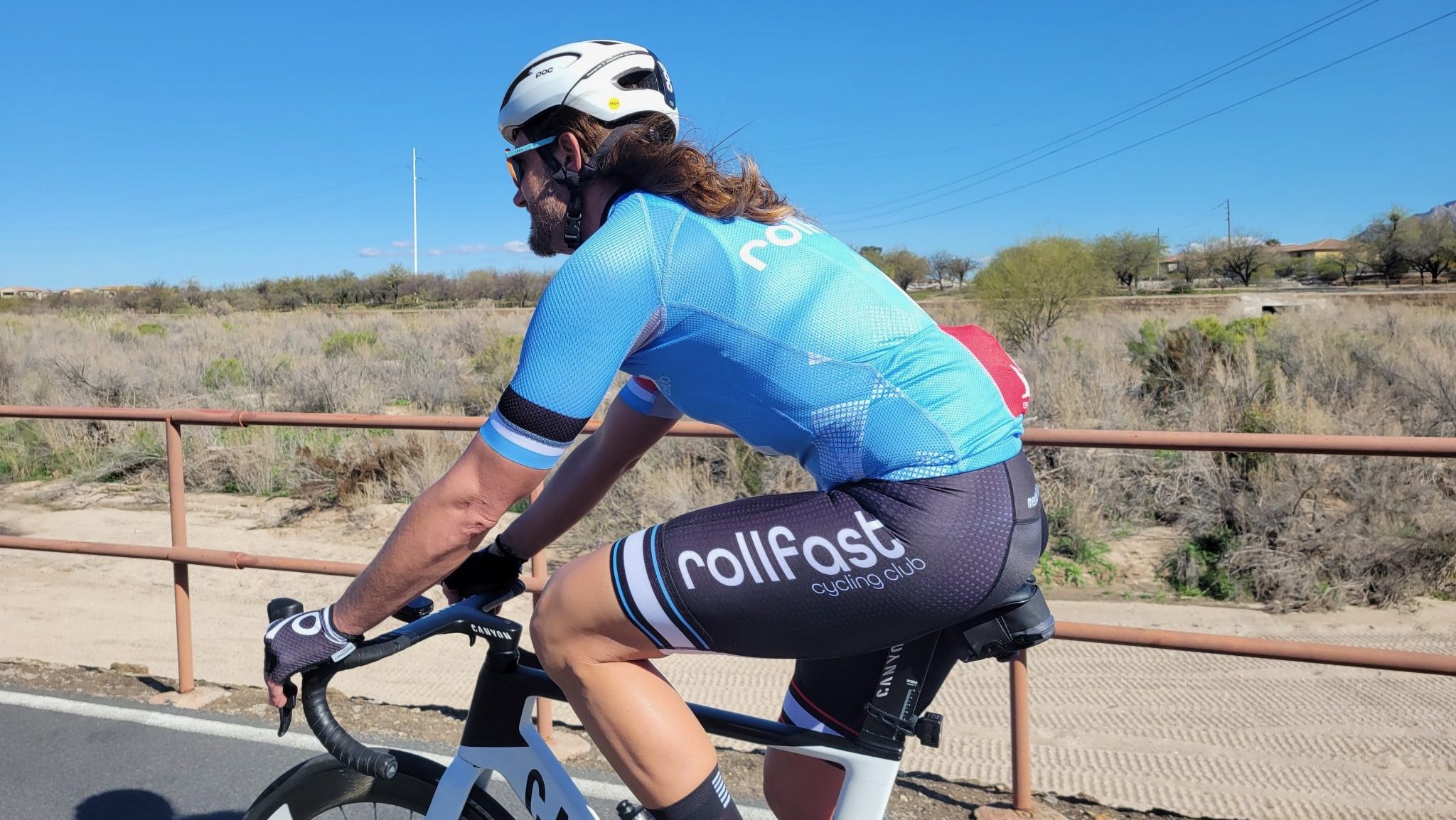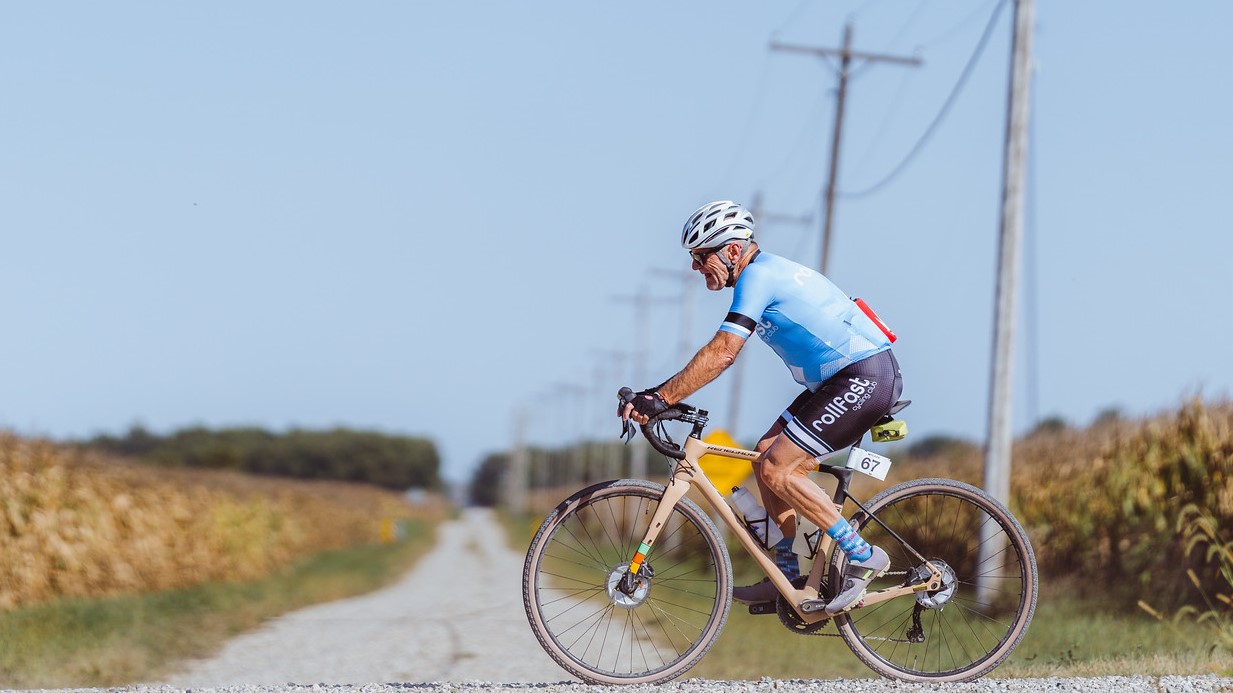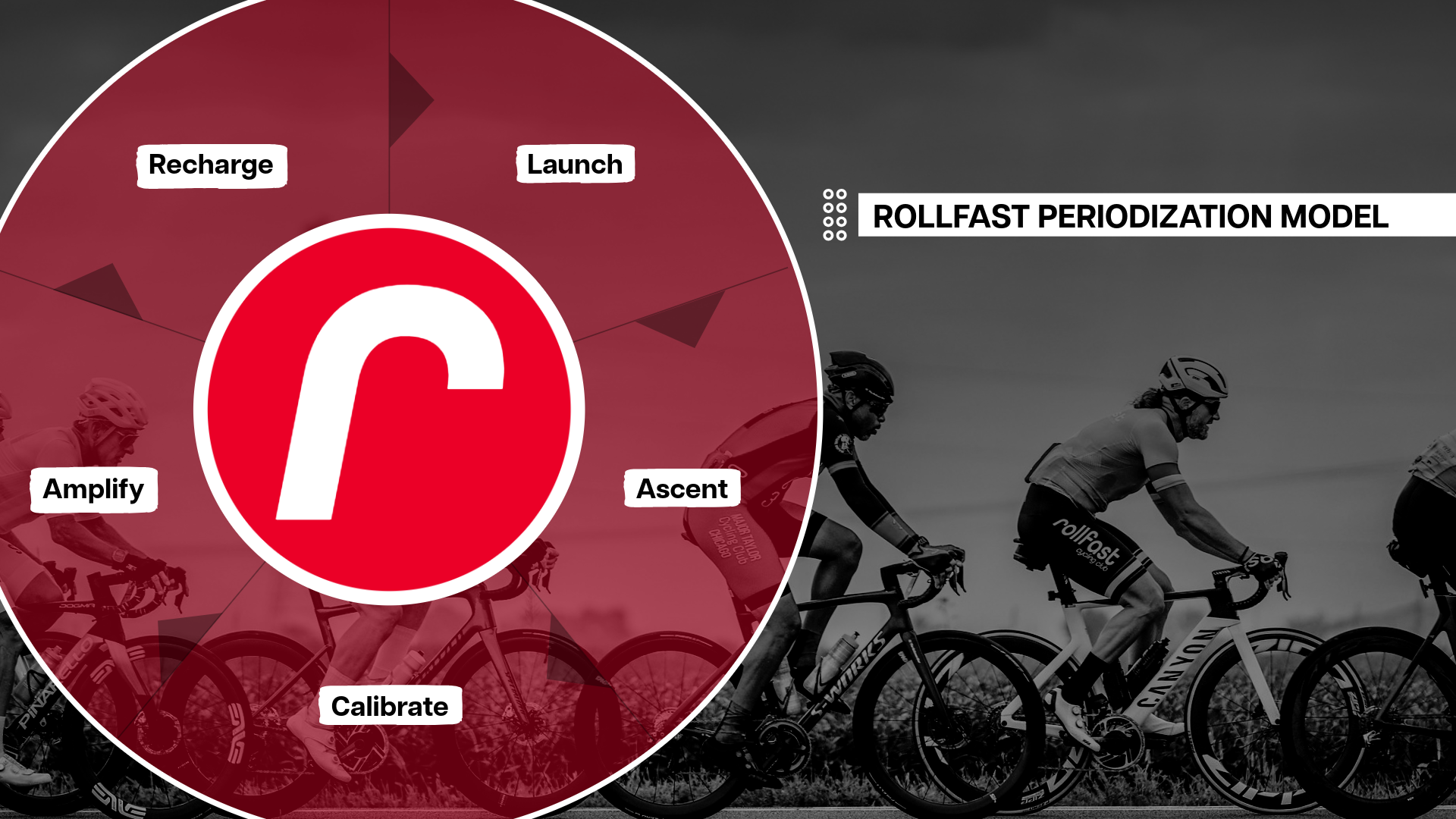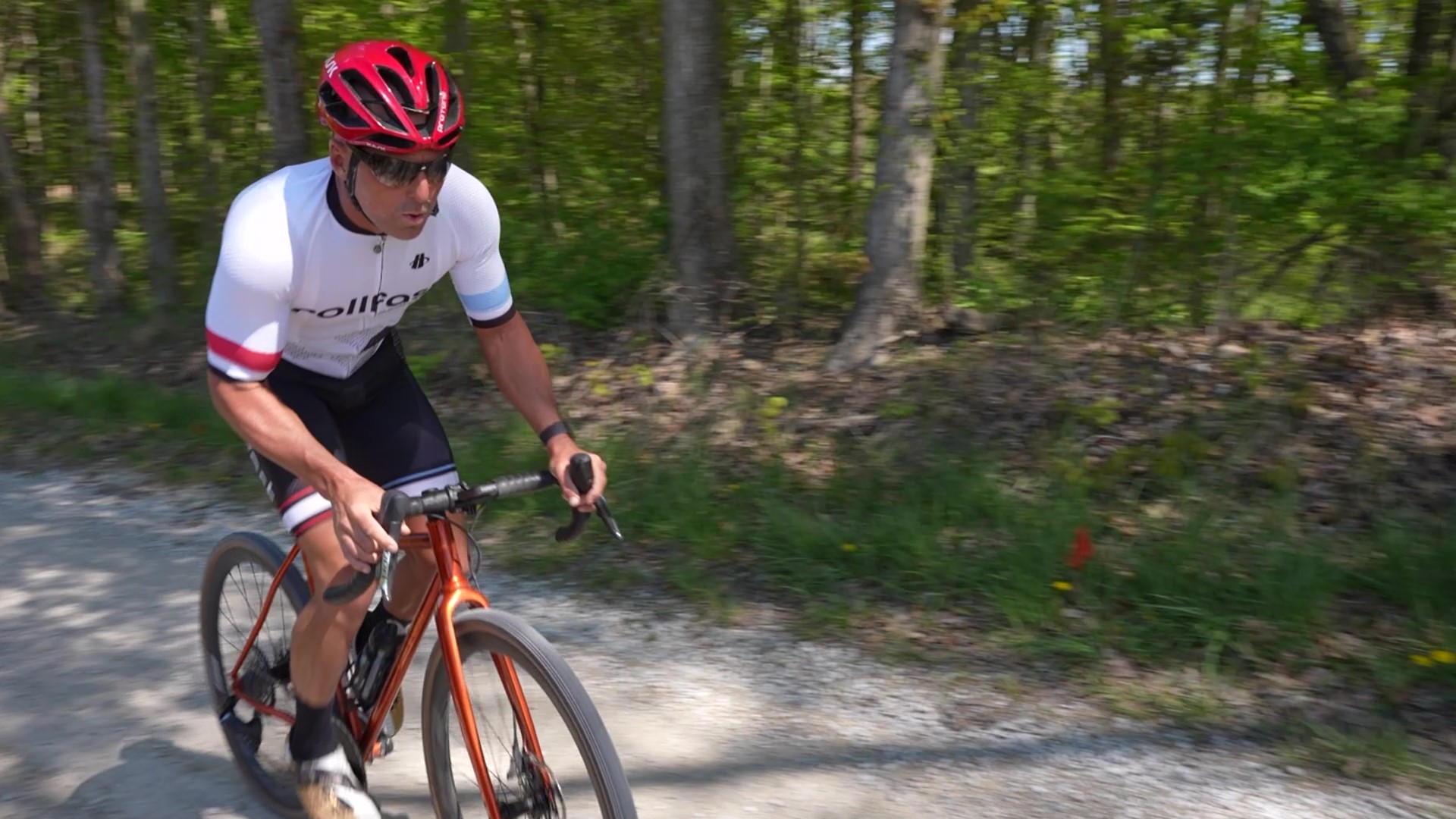The FTP Myth: How Rollfast Coaching Builds Smarter Zones
Most cyclists have heard of the classic 20-minute FTP test. It’s hard, it leaves you wrecked, and for some riders it seems like the gold standard for setting training zones. But here’s the truth… the 20-minute test only tells part of the story. It favors time-trialers, it carries a big recovery cost, and it often leaves other rider types with zones that don’t actually reflect their physiology.
At Rollfast Coaching, we do things differently. We anchor our zones to VO₂ and we validate them with a combination of 12-minute and 5-minute efforts. This method sets the most accurate zones possible, so you can train smarter, adapt faster, and avoid unnecessary fatigue.
Why VO₂ Matters
VO₂ is your aerobic ceiling. It’s the limiter that defines how much aerobic energy your body can produce. Think of it as the size of your engine. By scaling all of your training zones to your aerobic ceiling (VO₂), we aren’t guessing where your limits are… we’re putting your training on the same scale as your physiology.
Zones that are too low waste watts. Zones that are too high create fatigue you can’t absorb. But zones set against VO₂ give you exactly what you need: the right dose of stress to spark adaptation without tipping you into burnout.
Why Not Just 20 Minutes?
The 20-minute test has been around forever. It’s simple, but it isn’t fair to every rider. Time-trialists can crush it. Puncheurs often struggle to show their real capacity. And the cost of the test is steep. You’re often too tired to train effectively for days afterward.
That’s why we don’t rely on it. It’s a blunt tool, and we believe athletes deserve precision.
The Rollfast Method: 12min + 5min
Here’s how our approach works:
- The 5-minute effort captures your raw aerobic punch. This is where explosive riders shine.
- The 12-minute effort tests your sustained aerobic durability. This is where steady riders and time-trialers excel.
- Blending the two gives us the full picture. If you’re punchy, the 12-minute keeps your zones from being set too high. If you’re more of a diesel, the 5-minute keeps your zones from being underestimated.
It’s balance. It’s fairness. It’s precision tailored to you.
The Payoff: Training with Precision
When your zones are right, every workout has purpose. You push hard enough to adapt, but not so hard that you can’t recover. You get the stimulus without the wasted fatigue. Over weeks and months, this consistency compounds into results.
No wasted watts. No empty miles. Just steady, sustainable progress.
Tied to the Rollfast Pillars
This system connects directly to our three pillars:
- Speed: Dialed-in zones sharpen your ability to hit the right efforts and repeat them when it matters most.
- Strength: Precision load management means you can integrate lifting and riding without one draining the other.
- Longevity: Masters athletes especially benefit. The right zones prevent overtraining and allow you to keep improving for years to come.
Training zones aren’t just numbers. They’re the guardrails that keep you improving. At Rollfast, we believe in giving athletes the most accurate, sustainable framework possible, and that means anchoring zones to VO₂ and using the 12min + 5min test to guide the way.
The result is simple. You’ll ride faster, get stronger, and keep building fitness you can sustain for the long run.







Alabama Brian
Great article on FTP, totally agree on the 20 min test. You can find the baseline data you need to start structured training with the shorter tests you mention.
I would offer, based on my own coaching experience that having athletes that want to race, either in an official event or the city limit sign on their local group ride, do a 15 sec sprint test as well.
The reason I offer that is my coach about 15 years ago had me do that as well as a 5 min and 20 min effort. My 5 and 20 min efforts sucked, but I hit over 1300w during my 15 sec effort. That helped him know what my innate strength was and that I needed to be “fresh” enough in my race to get to the 200-300m mark before the finish then I could unleash the sprint I naturally had. So my training was to work on my ability to match the surges of a race without getting dropped, and still be fresh when the sprint comes. If he never tested my sprint ability he couldn’t fine tune that training. One hard sprint effort doesn’t tax your body too bad so I’d offer that as an option for any athlete that wants to win whatever race or ride they are doing. Races are won in the US mostly by sprints, and or hanging on with the attacks so you can be there for the sprint.
My two cents, y’all are the experts, and know your system, but it was a good metric for me and gave me confidence that I could win races if I could be as fresh as possible at the end, vs needing to attack because my sprint is shit and I’ll never win that way.
Matt Breeden
Thanks Brian. This is spot on and makes so much sense. During our last testing cycle we actually had a weekend workout that tested exactly what you’re talking about. We did a series of 15second sprints early in the workout, did a bunch of tempo and then did another series of 15second sprints at the end. We were able to get an explosive baseline, but also a fatigued baseline, so we can compare the two over time.